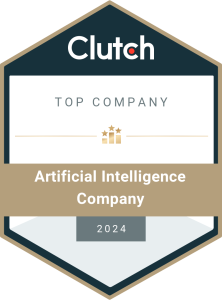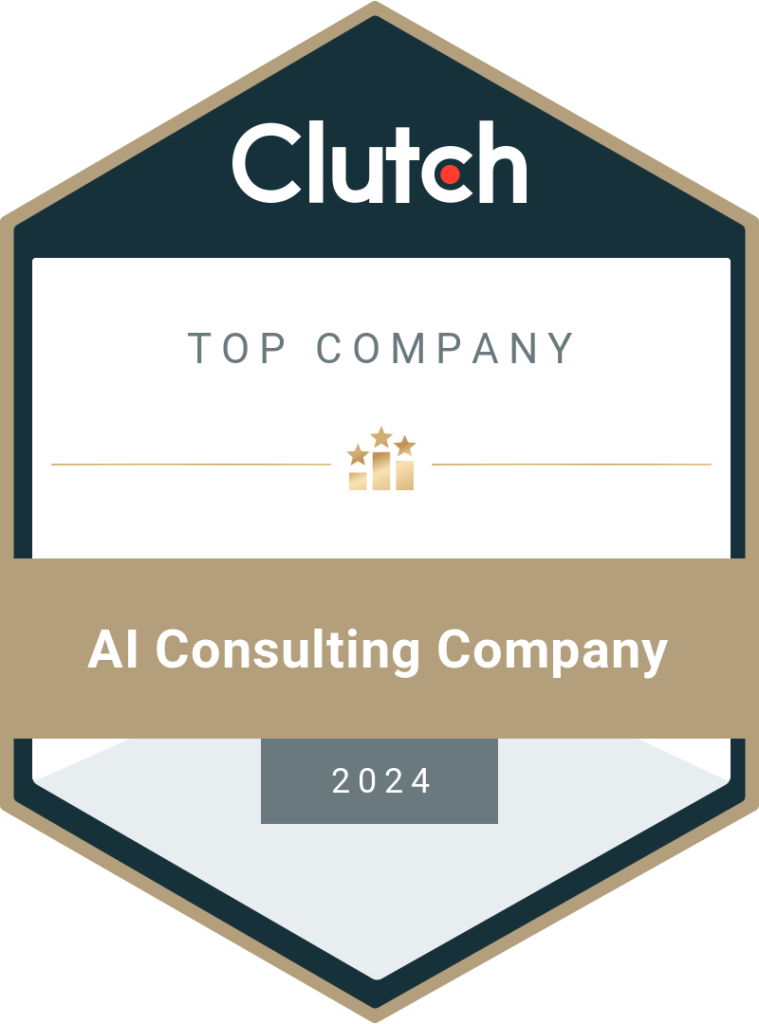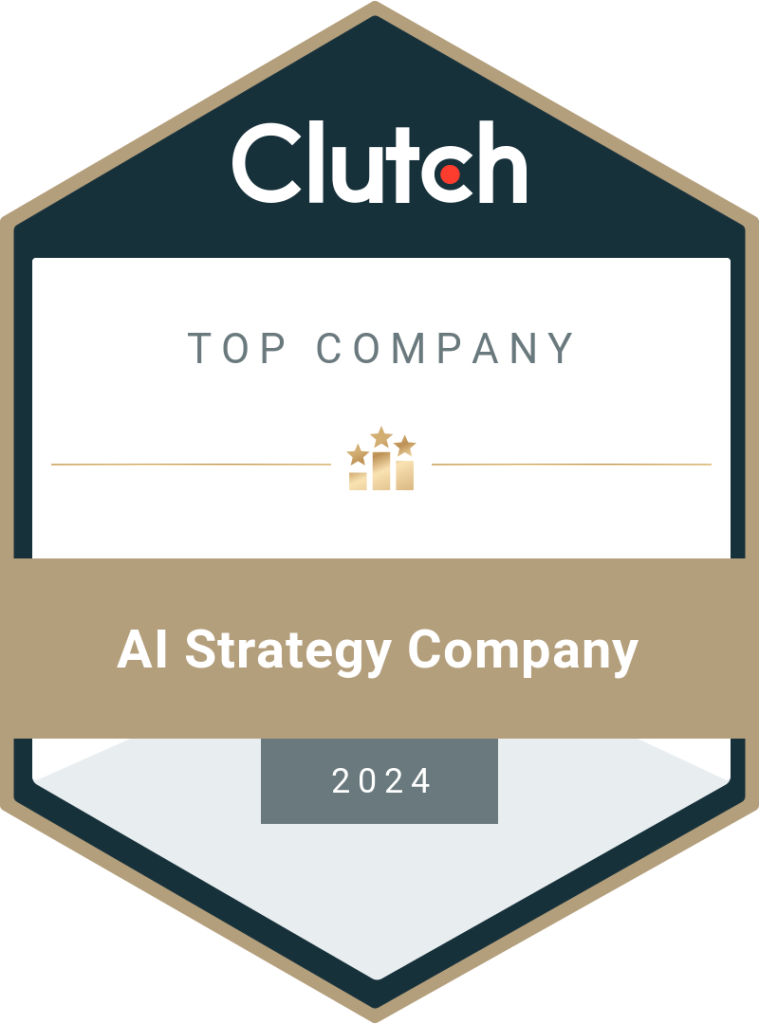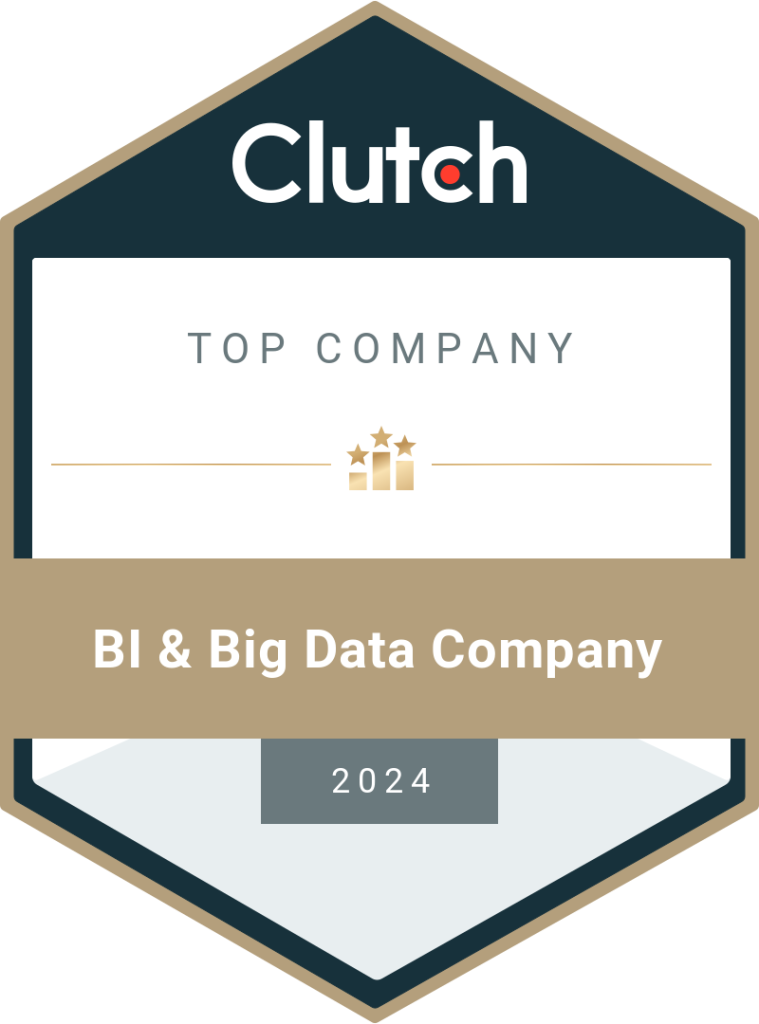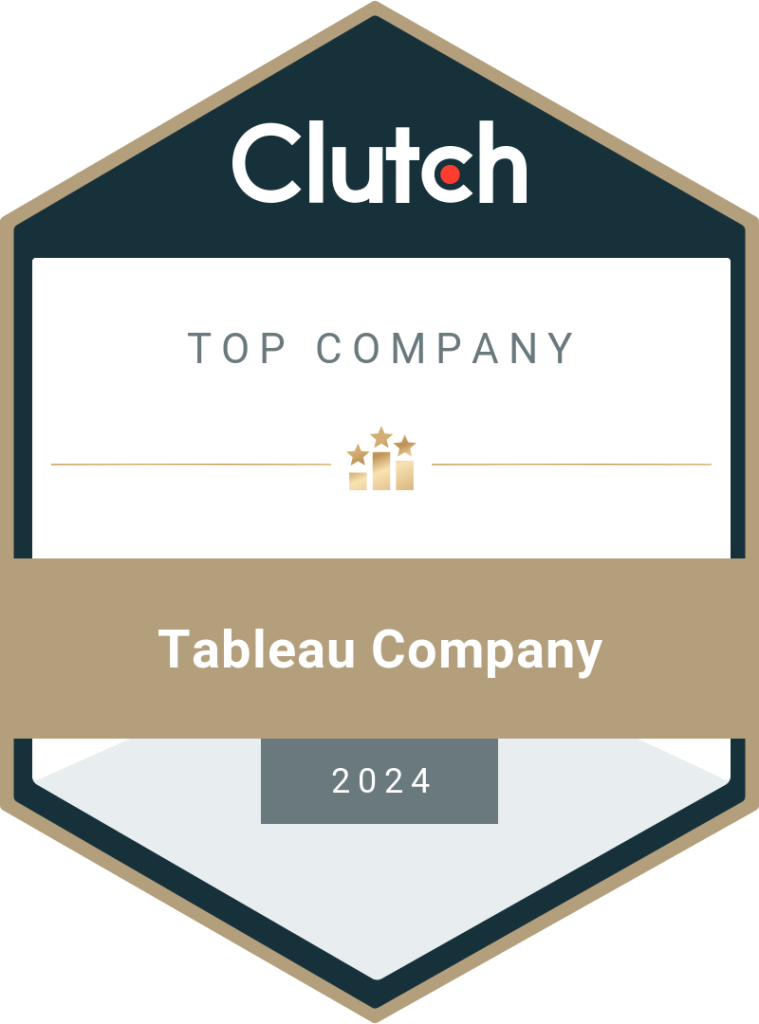The India–Singapore Connection in IT Staff Augmentation
As Singapore’s demand for tech talent grows, more businesses are turning to India for skilled professionals in Power BI, cloud platforms, and data engineering. This blog explores why the India–Singapore staff augmentation dependency is growing—and how your business can benefit from it. According to a report by Manpower Group, 79% of employers in Singapore reported difficulty in filling roles for IT and data-related roles due to a tight talent market. With increasing digital transformation needs and IT dependencies, the gap between available local talent and project demands is widening. That’s where the India–Singapore connection in staff augmentation is proving invaluable. Why does IT Staff Augmentation Work for Singapore Businesses? Singapore has established itself as a leading innovation hub in Asia. However, with growing requirements in Power BI, Azure, AWS, and Data Engineering, scaling internal teams quickly and affordably is a challenge. Instead of prolonging hiring cycles or stretching budgets, many companies are opting for staff augmentation from India. This approach allows organizations to access top-tier, remote talent without committing to full-time hires—offering flexibility, speed, and expertise. The advantages are quite clear. Hiring full-time tech professionals in Singapore, especially for specialized roles can be time-consuming, costly, and highly competitive. The staff augmentation process solves this by offering certified, project-ready talent who integrate seamlessly with your team—without long-term obligations. It’s a faster, smarter alternative to conventional hiring. Why is India Singapore’s Go-To Talent Partner? India has long been a preferred destination for high-quality tech professionals. With a vast pool of skilled engineers, IT staffing companies in India are helping Singapore businesses scale with confidence. Here’s why this partnership works so well: Deep Technology Expertise India’s tech professionals bring hands-on experience across platforms: This makes it easier than ever to hire Power BI developers in Singapore or onboard an Azure developer remotely in Singapore. Time Zone Compatibility With just a 2.5-hour time difference between India and Singapore, real-time collaboration is simple. Daily stand-ups, sprint planning, and project sync-ups run without disruption. Clear, Effective Communication Engineers are fluent in English and are trained to work with international clients, ensuring proactive and business-aligned communication. Cost Advantage Working with Indian talent means 30–40% cost savings without compromising quality. You get access to top-tier experts at significantly lower costs than local hiring. This has led to a rise in Indian IT team extension Singapore models, especially in cloud and data-heavy projects. Where Are Singapore Firms Benefiting the Most? We’ve seen several key areas where businesses choose to augment their teams with Indian data engineers for Singapore projects and cloud consultants. Business Intelligence & Reporting From C-suite dashboards to automated financial reporting using Power BI and Tableau, BI expertise from India is helping Singapore companies make faster, data-driven decisions. Cloud Migration & Optimization AWS cloud consultants Singapore and Azure-certified engineers from India support cloud modernization projects, building secure, scalable infrastructure. Data Engineering & Integration India’s data engineers are enabling smoother data lakes, ETL processes, and real-time integrations—helping Singapore teams focus on outcomes, not just implementation. Security & Governance Data protection and compliance are key. Indian experts ensure every solution meets modern security standards and governance practices. These are classic staff augmentation examples where Singapore businesses gain agility and depth—without inflating costs or internal hiring pressure. Process & Real-world Example Indian Staff augmentation service providers usually operate on a simple 3-step augmentation process: Here’s a staff augmentation example to bring this to life: A fintech firm in Singapore needed to develop an Azure-based data warehouse and a customer analytics dashboard. Using our staff augmentation Singapore model, they onboarded a Power BI developer and an Azure developer remote Singapore team from India in under a week. The entire solution was delivered in just six weeks—deployed on time, under budget, and backed by post-launch support. Why Partner with DataToBiz? At DataToBiz, one of the leading staff augmentation service providers in India, we specialize in supporting Singaporean businesses with reliable, certified, and business-aligned Indian professionals. We make the India–Singapore tech partnership simple, cost-effective, and results-driven. Conclusion Singapore businesses can no longer afford to wait weeks or months to fill critical tech roles. With the rising cost of local hiring, the flexibility of staff augmentation services offers a compelling alternative. Whether you’re looking to hire Power BI developer India to Singapore, engage Indian data engineers, or onboard AWS cloud consultants, the India–Singapore connection delivers value. Frequently Asked Questions (FAQs) Why are Singapore businesses outsourcing tech talent to India? Singapore businesses often outsource tech talent to India to access a larger pool of skilled professionals, reduce labor costs, and accelerate project timelines. India offers a vast and competitive tech market with expertise in various emerging technologies. What roles can Indian tech talent fill for Singapore companies? Indian tech talent can fill a wide range of roles, including software developers (full-stack, front-end, back-end, mobile), data scientists, AI/ML engineers, cybersecurity experts, cloud computing specialists, DevOps engineers, QA testers, and IT support professionals. How does staff augmentation benefit Singapore businesses? Staff augmentation allows Singapore businesses to quickly scale their teams with specialized skills without the long-term commitments of permanent hires. It provides flexibility to adjust team size based on project needs, reduces recruitment overhead, and offers access to a global talent pool. Is it reliable to hire offshore teams from India? Hiring offshore teams from India can be reliable, provided businesses partner with reputable outsourcing companies or establish robust communication and management processes. Many Indian tech professionals possess strong technical skills and a good command of English. How fast can a Singapore firm onboard Indian tech experts? The onboarding speed can vary depending on the complexity of the role and the processes of the outsourcing partner. However, with efficient recruitment and onboarding procedures, a Singapore firm can typically onboard Indian tech experts within a few weeks. Fact checked by –Akansha Rani ~ Content Creator & Copy Writer
Read More
